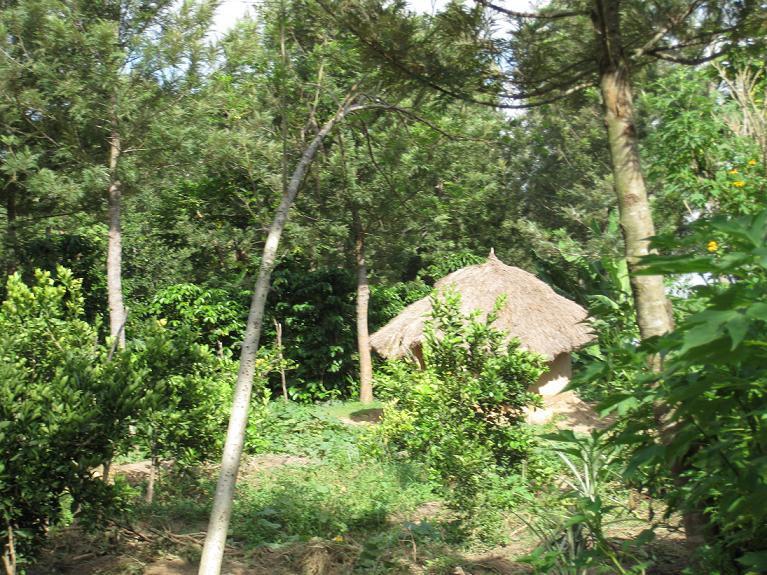Celsus Senhte
Other projects
4 Apr 2007
The Conservation of Aquatic and Terrestrial Biodiversity around Lake Victoria, Sango-Bay Region – Rakai District
24 Jun 2009
Improving Livelihoods and Biodiversity Conservation in Farm Forestry Landscapes
This project aims to ensure that there is a greater level of information available for decision making process, based on good forest science.

Farm forestry (FF) is a practice used by some African subsistence farmers. It has the potential to address many ills in the agricultural and wildlife landscape: rising water tables, declining biodiversity, soil acidity, diminishing farm income, to name a few. Addressing these issues requires legal and institutional frameworks, adequate information, planning and design.
Farm forestry can, particularly protect the watersheds through regulation and control of wind and water erosion, stabilisation of water catchments and to mitigate climate change, among others, if encouraged and planned well. Food trees provide foodstuff for mans food basket whilst providing room for an increasing biodiversity. Tree planting on farmlands can be impeded unless its full potentials are explicitly explained to the various actors. This project is built on the previous work on Sango bay ecosystem, from which the following demands were put forward:
• Inform more stakeholders.
• Special education to primary and secondary schools.
• Partnerships with conservation agencies.
• More trees for multifunctional benefits.
The objective is to ensure that there is a greater level of information available for decision making in this area, based on good forest science. This project will also have an emphasis on harvesting and marketing of farm forestry products.
The following activities will be carried out:
Special schools training and set up of a demonstration units in at least two schools in the region.
For farmers/communities to appreciate the potential role of trees in both production and conservation, more information will be availed through the provision of more extension services and easy to read booklets. Enhanced bioregional planning, which will be promoted through catchment management plans, will help individual landowners contribute to biodiversity conservation at the regional level.
Innovative farm forestry designs and management regimes. For example, habitat ‘patchiness ’will be promoted by mixing tree species and planting at time-intervals that provide a mix of age classes in close proximity. The new tree species will be mixed with those that were planted in the previous project.
- Raising of seedlings and planting of trees around the farming areas.
- Research into the role of planted farm forests in biodiversity conservation.
- Identification of factors that may influence the effectiveness of designs and management regimes.
- Utilise existing farm forests to identify biodiversity effects.
This will be done alongside the other activities, throughout the project period.